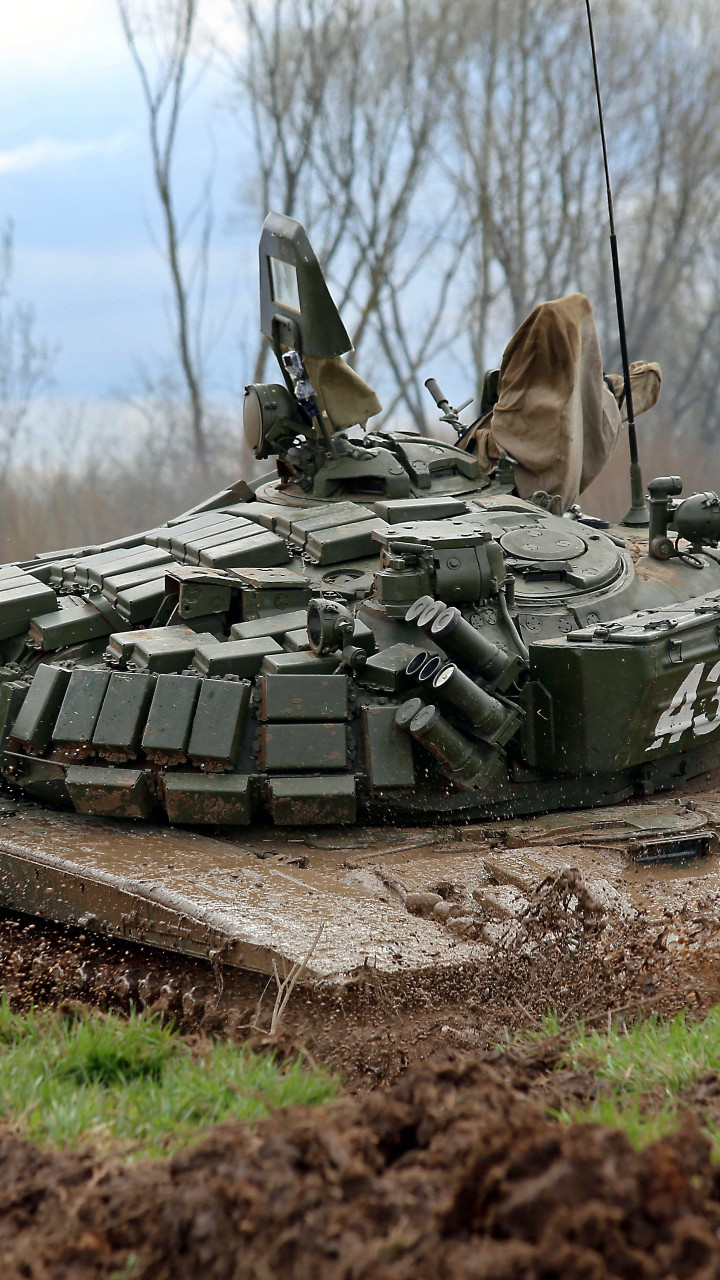

Those that needed some repair but would eventually run was another 30 percent probably. “Those that you could just start up or only needed a few minutes of work, you could count on one hand. “Speaking about just the tanks, there were indeed a lot of them, but very few were operational,” Ustymenko said. The 25th Brigade was the first unit into the city of Izyum after Russian forces hastily retreated from the Kharkiv region in September, leaving behind an extraordinary amount of tanks and armored personnel carriers.

He’s now fighting in a T-80 tank - among the best models in Ukraine’s arsenal. In the Donetsk region, Vadym Ustymenko, a member of a tank unit in Ukraine’s 25th Airborne Assault Brigade, said he has changed tanks “six or seven times” in the past seven months because they often need repair. It’s not always as easy as merely asking another brigade for its identical trophy tank or vehicle. “It would save a lot of resources.”Ī press officer for the 14th Brigade, the only brigade that has fought on all major front lines in the country since the start of Russia’s invasion, joked that it’s in the Ukrainian nature to collect and hoard prized possessions. He suggested that the armed forces could benefit from a program or database tracking compatible parts across brigades. It’s possible another brigade might have a vehicle that is a match, Ruslan said, but there is no system for locating the parts. Unlike earlier models of this type of fighting vehicle, the BMP-3 cannot be repaired using parts from similar Ukrainian vehicles. To find parts to fix the vehicle, the battalion would need to first find an identical match. “It’s obvious it should be fighting the enemy and not sitting in a hangar,” said Ruslan, the 47-year-old commander of the maintenance battalion, who spoke on the condition that his last name not be used. Equipment at the repair site in Ukraine’s northeastern Kharkiv region.


 0 kommentar(er)
0 kommentar(er)
